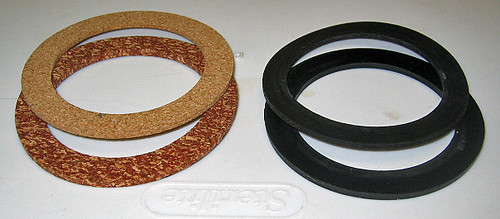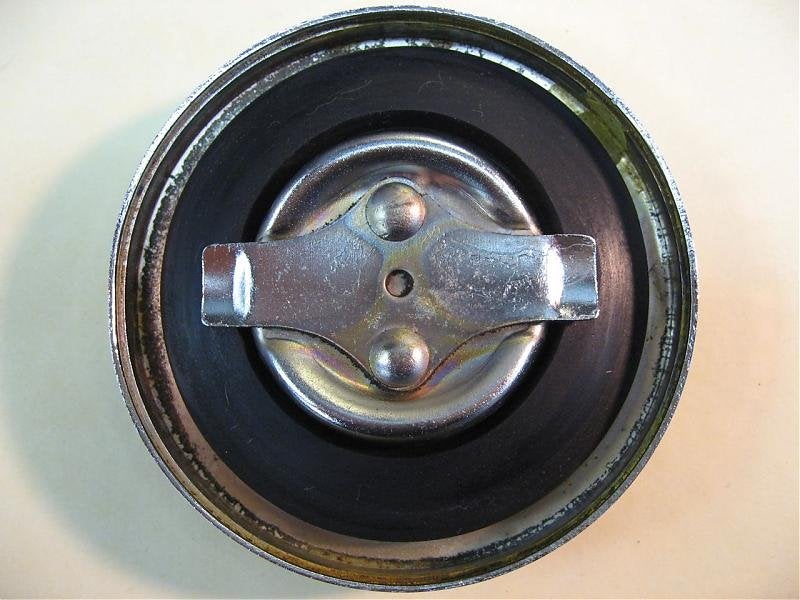pmansson
Well-Known Member
Which cars had these?
US market only or >74 cars or what..
I have it in a 74 car sold new in the US.
It is my only E9 which doesn´t smell of gas when I open the trunklid.
The tank is apparently available at Maximilian for USD 82. So is the carbon filter canister. They don´t have the vent pipe but that is easier to find if one wants to install this system.
Where does the vent pipe start/attach?
Somewhere in the engine bay. The car is not with me in Switzerland at the moment, so I cannot check this.
US market only or >74 cars or what..
I have it in a 74 car sold new in the US.
It is my only E9 which doesn´t smell of gas when I open the trunklid.
The tank is apparently available at Maximilian for USD 82. So is the carbon filter canister. They don´t have the vent pipe but that is easier to find if one wants to install this system.
Where does the vent pipe start/attach?
Somewhere in the engine bay. The car is not with me in Switzerland at the moment, so I cannot check this.






